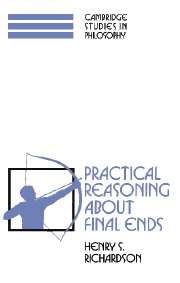XII - Disagreement in concept and in practice
Published online by Cambridge University Press: 05 June 2012
Summary
One way to try to make sense of deep disagreement would be to analyze it as resting (also) upon conceptual incommensurability of some kind. Yet as one presses toward complete conceptual incommensurability, it is difficult to hold on to the depth of disagreement that one was trying to explain in the first place. While some will not be surprised that after trying to plumb the murky depths one comes up empty-handed, we will all learn from understanding more explicitly why this is so and how it may be squared with the apparent phenomena of deep disagreement. Accordingly, in the next section I will describe how one gets lost in the alleged depths of disagreement. Section 39 will turn to underlying difficulties with “the very idea” of a framework or “conceptual scheme,” in terms of which conceptual incommensurability is defined. This will pave the way for a less conceptually ambitious but more enduring recasting of the notion of conceptual distance, which will be set out in §40.
THE ELUSIVENESS OF DEPTH
In elaborating the idea of conceptual incommensurability, I cannot pretend simply to be uncovering the idea that unites all of the diverse cases of deep disagreement. Instead, let me simply put forward an initial definition of it intended to capture those aspects of the phenomena that particularly pose a problem for my theory of rational deliberation of ends.
- Type
- Chapter
- Information
- Practical Reasoning about Final Ends , pp. 250 - 270Publisher: Cambridge University PressPrint publication year: 1994



